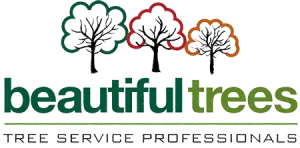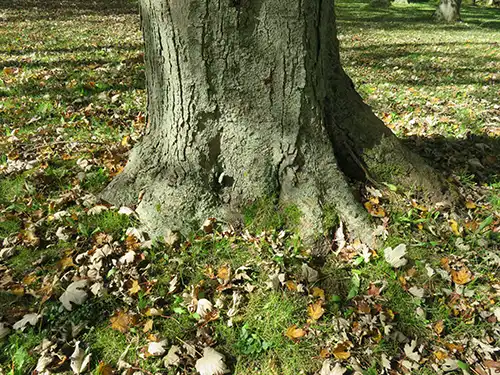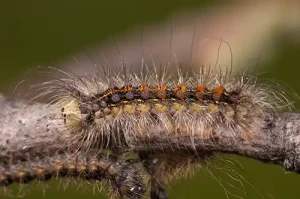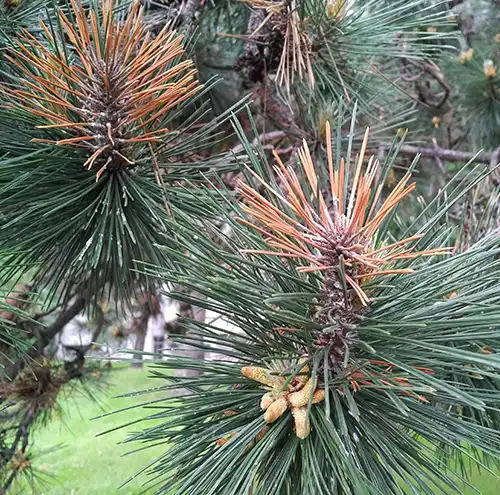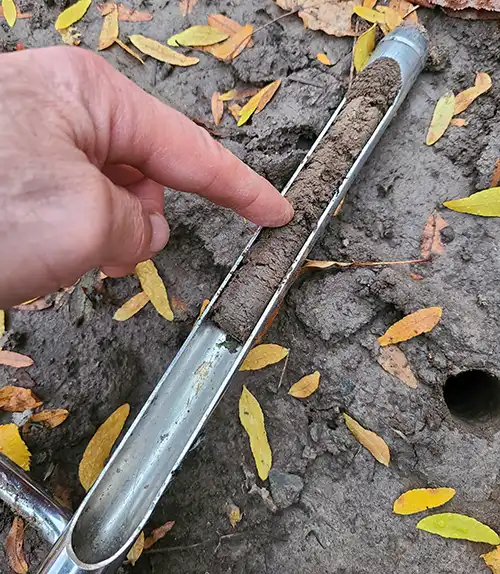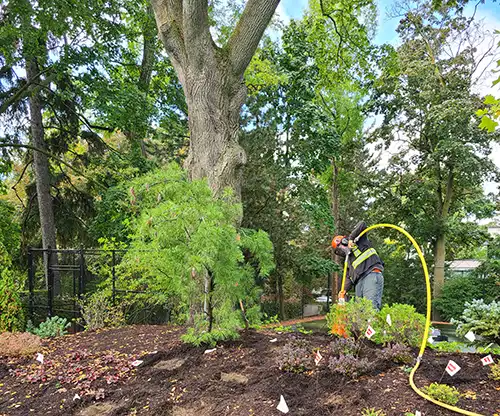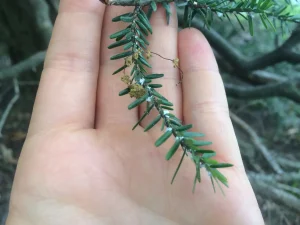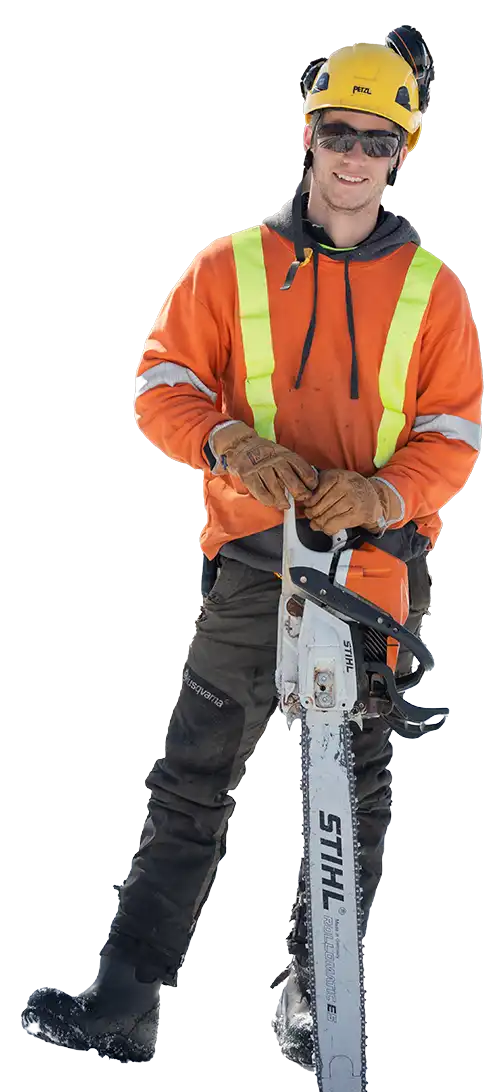
Watering Your New Beautiful Trees and Shrubs
Hot and windy weather can be very stressful for newly installed beautiful trees and shrubs. Newly planted trees and shrubs require more water because they have such a small root system. The root system is actually a very important source of both absorbed and stored water for the plant. Roots need to absorb enough water from the soil to support the plant daily, and much of a young plant’s needed nutrition comes in as dissolved nutrients within that soil water.
